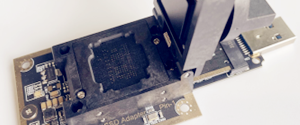Base Casting and Top Cover Of Hard Disk
The entire hard disk is mounted into a physical enclosure designed to protect it and also keep its internal environment separated from the outside air. This is necessary because of the requirement of keeping the internal environment free of dust and other contamination that could get between the read/write heads and the platters over which they float, and possibly lead to head crashes.
The bottom of the disk is often called the base casting, the name coming from the manufacturing process used to create the single piece of aluminum from which it is normally made. The drive mechanics are placed into the base casting, and another piece of usually aluminum is placed on top to enclose the heads and platters. A rubber gasket is placed between the base and cover to ensure a tight seal. On some drives, a metallic tape seal is applied around the perimeter of the drive to fully enclose the drive. The exact shape of the base and cover can vary significantly from drive to drive. Some models have the base flat and the cover like a bowl that goes over the contents; some are the opposite way.

Cover (left) and base casting (right) of a consumer-grade IDE/ATA hard disk drive.
The base and cover are attached using a number of small screws, usually around the perimeter of the cover. Additional screws are also used in the middle of the cover; one to stabilize the spindle motor shaft, and one to secure the axis of the actuator assembly. Normally all of these are Torx screws (star-shaped). The reason these screws are usually found on hard disks is that screwdrivers for them are usually not found at your local hardware store–they have to be special-ordered. The idea of course is to discourage tampering with the hard disk.
The entire contents of the base and cover chamber (including the platters, heads and actuator components) are collectively called the head-disk assembly. You should never open the assembly. If you do, you will quickly contaminate the heads and platters, and eventually ruin the drive. (Some folks get a bit melodramatic about this, claiming the drive will instantly die as soon as you try to run it with the cover off. That’s not true, but if you do open the drive’s case it’s just a matter of time.) You will also void the warranty of the drive if you try to open it up, as the warning labels on the drive itself will attest. In fact, it is common for the hard disk manufacturers to hide one or more of the screws under a label saying “Warranty void if removed”.
The logic board is normally mounted on the bottom of the base casting, exposed to the outside. It is separated from the base casting using foam or other cushioning material. Of course, the read/write heads must be linked somehow to the logic board. This is accomplished either with a flexible ribbon cable that runs from the logic board through a gasket and into the hard disk chamber, or a set of pins that goes through a hole in the base casting, mating to a special connector inside the head-disk assembly that connects to the heads.
Some manufacturers apply a coating to the inside of the base casting before assembling the drive. The purpose of this coating is to seal in, against the walls of the casting, any minute particles of dirt or metal that might be hiding in the casting and might later dislodge and end up damaging the disk.
Data recovery Salon welcomes your comments and share with us your ideas, suggestions and experience. Data recovery salon is dedicated in sharing the most useful data recovery information with our users and only if you are good at data recovery or related knowledge, please kindly drop us an email and we will publish your article here. We need to make data recovery Salon to be the most professional and free data recovery E-book online.
World’s Top Data Recovery Hardware Tools
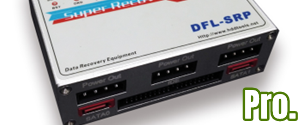
Easy to use at good price
Recover SATA, IDE, External HDDs, NVME SSDs, etc Order Now here
POTABLE DEVICE & NVME SSD RECOVERY TOOL
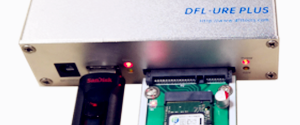
Recover USB Device and NVME SSDs at high speed! Read Details here.
DFL-PCIE DATA RECOVERY RECHARGE
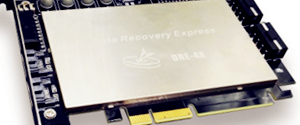
Best data recovery hardware tool to start a data recovery business, read details here
RECOVER SCRATCHED HDDS

Recover lost data from scratched hard drives, read details here.
SURFACE PRO. RECOVERY
BEST HEAD REPLACEMENT TOOLS
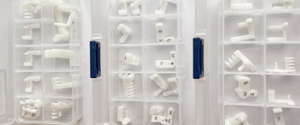
The most cost-effective head replacement tools for Seagate, WD, Samsung, Hitachi, Toshiba, Fujitsu

